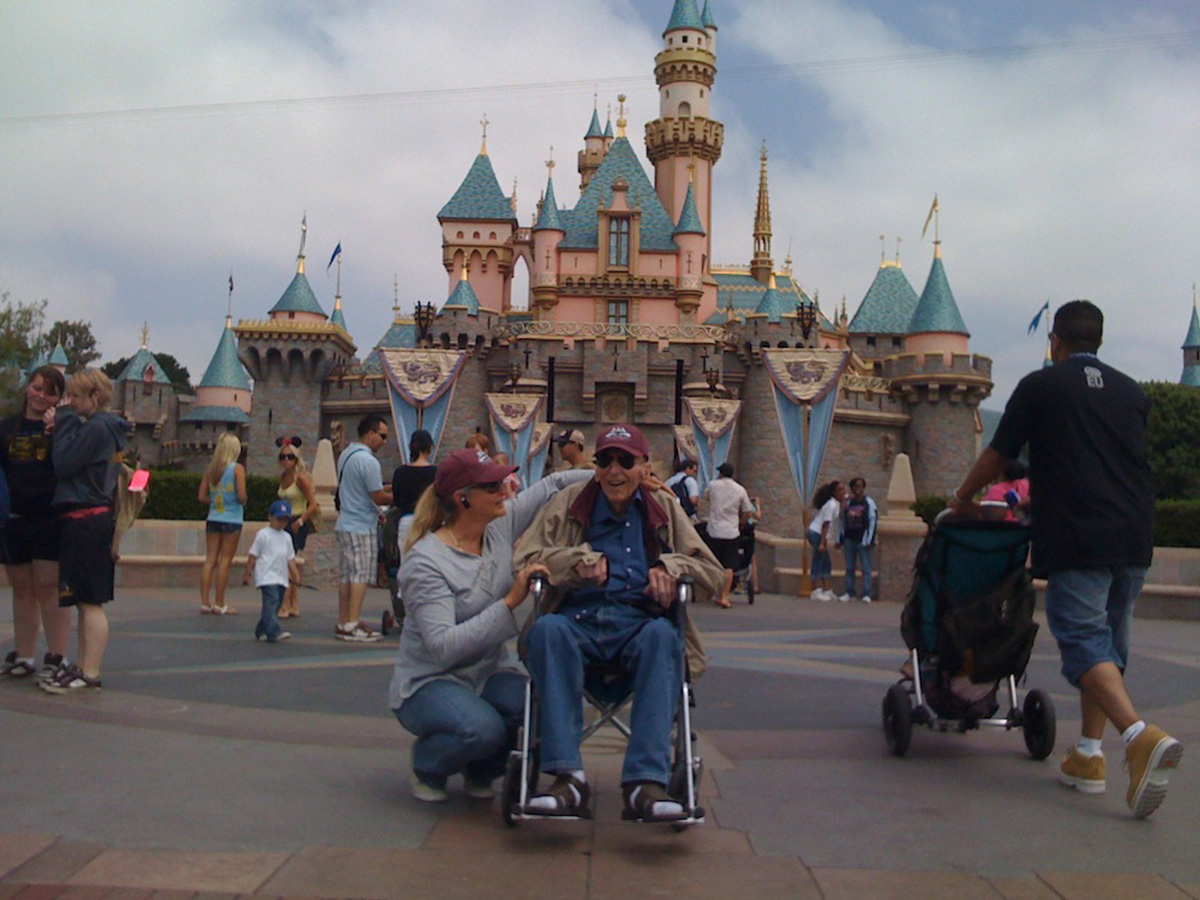
It is very hard to give an accurate diagnose for Parkinson’s disease at the beginning of this condition, because the first symptoms are not that obvious and specific. That is why physicians and specialists in neurology can make mistakes in diagnosing this illness at its initial stage.
Early symptoms of Parkinson’s disease
It is very important to diagnose this condition in its early stage, so that the development of the disease could be delayed by proper treatment. Unfortunately, diagnosis can often be mistaken, particularly in younger patients. Younger individuals who suffer from this disease are often initially diagnosed with psychiatric condition, because Parkinson’s disease is expected in older people. The first symptoms of this condition include problems with locomotion and shaking of the arms and legs.
Later symptoms of Parkinson’sdisease
Signs that appear after the initial stage of this condition are easy to recognize. Accurate diagnosis is given due to medical history and some physical tests. There are methods that can be very helpful in diagnosing this condition and they are CT scan, PET scan and MRI. They can help in excluding some other conditions with similar signs. These techniques are not used when other signs of Parkinson’s disease are evident. All of these methods allow the visualization of brain activity and with their help, physicians can see if some changes in the brain occurred. These modern techniques are extremely useful in recognizing the early stages of Parkinson’s disease, so that the disease could be diagnosed and treated on time.
Parkinson’s disease and other diseases with similar symptoms
There are some conditions that cause signs similar to Parkinson’s disease and one of those conditions is called Parkinsonism. Parkinsonism is characterized by the same symptoms as Parkinson’s disease, with the difference in the fact that the Parkinsonism causes more neurological signs. Arteriosclerosis in the brain can result in slow and uncontrolled movements and can easily be mixed with Parkinson’s disease. Alzheimer’s disease is also connected with neurological deterioration and is one of the dementias, same as Parkinson’s disease. One person can suffer from both, Alzheimer’s and Parkinson’s disease at the same time. Scientists think that this can happen because these two conditions have similar biologic background. There is one more similar, but yet different dementia known as dementia with Lewy bodies. This dementia can also be easily confused with Parkinson’s disease at the beginning of progression. Some of the other conditions that can be confused with Parkinson’s disease are essential tremor, progressive supranuclear palsy, multiple system atrophy, problems with thyroid gland, and others.

















Your thoughts on this
Loading...